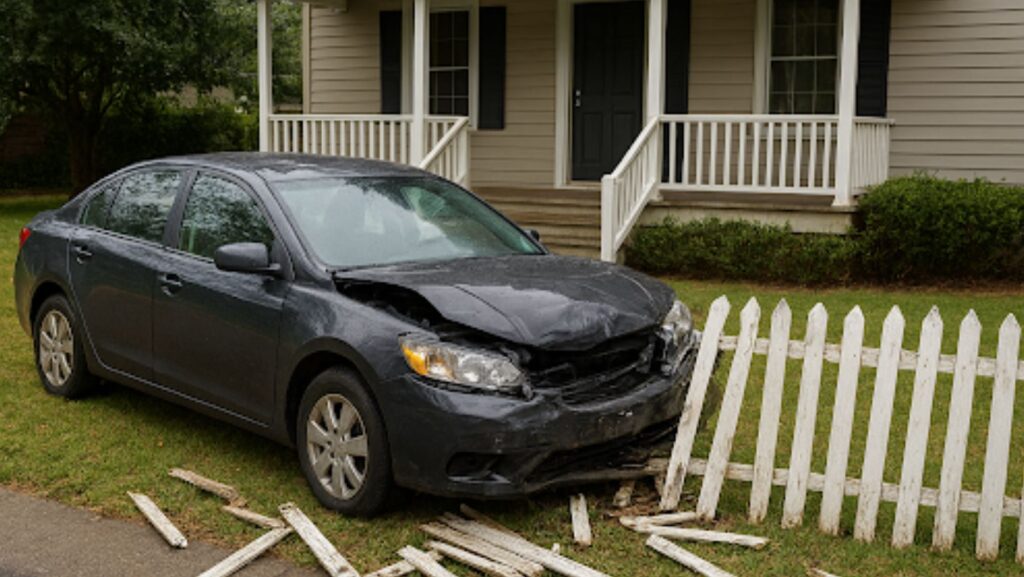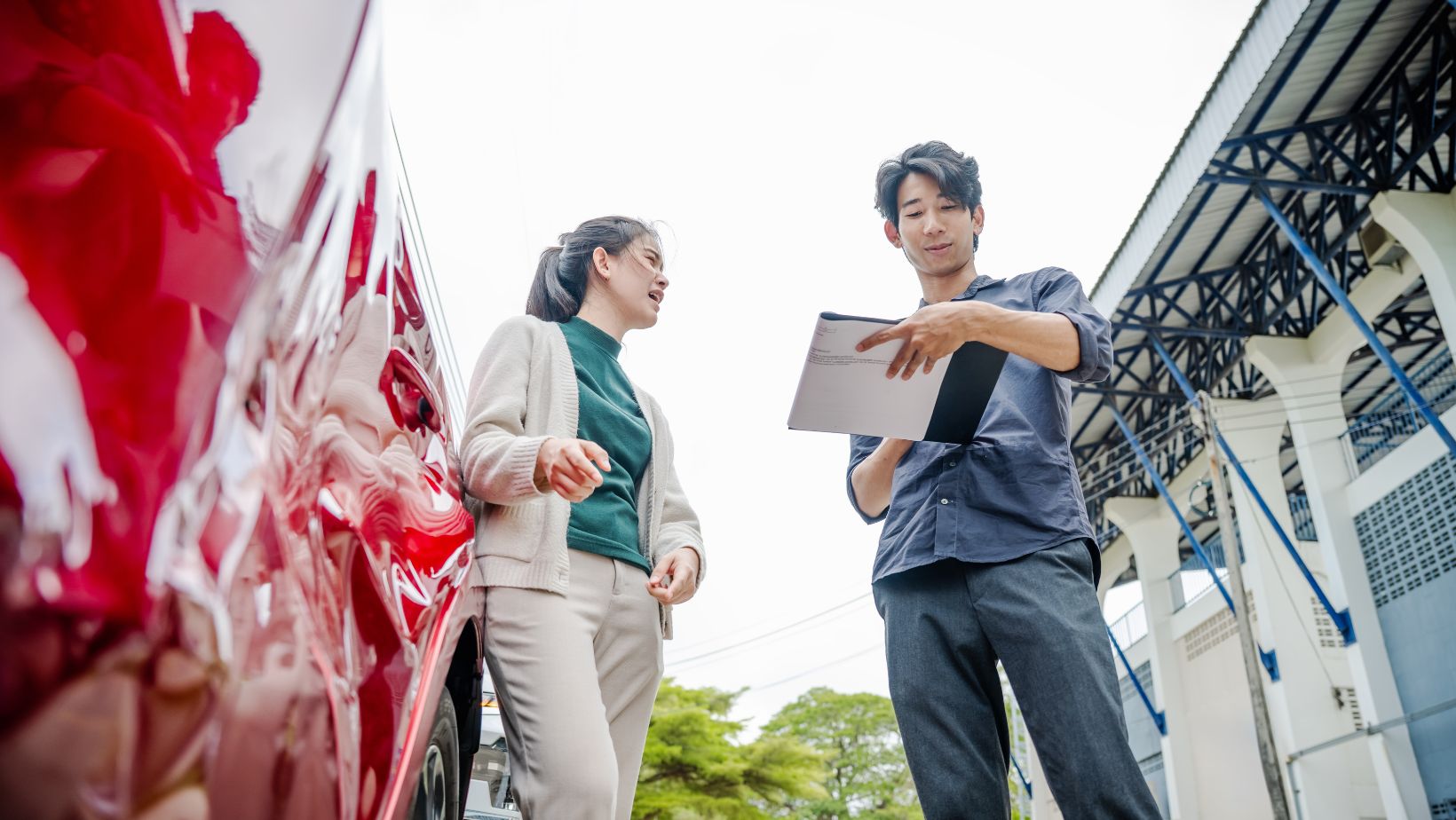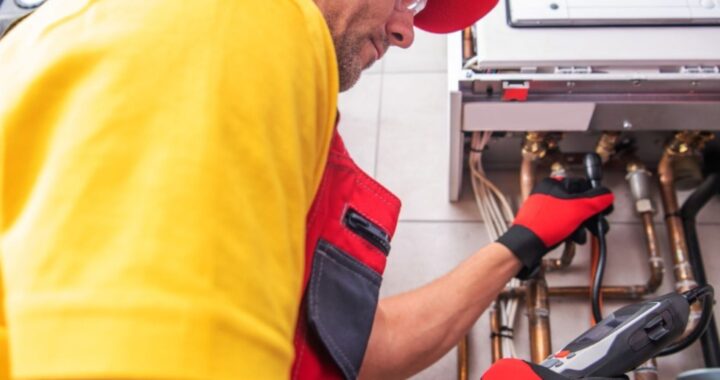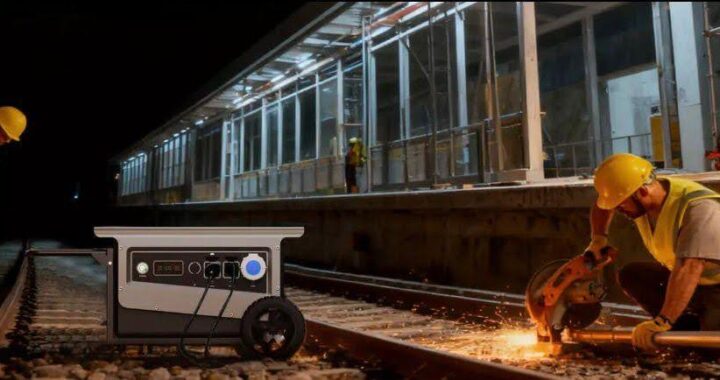What Should You Do After a Crash on Your Property

A car crashing onto private property is one of those events few homeowners ever expect, but when it happens, the shock can be just as severe as the damage itself. Whether a driver loses control and hits your fence, clips a parked car, or even collides with your home or garage, the moments that follow matter. Knowing what to do immediately can make all the difference for safety, insurance, and liability.
This guide walks you through the steps to take so you can handle a property crash calmly and effectively.
Step 1: Ensure Safety First
The first and most urgent priority is safety. Accidents involving vehicles on private property can pose multiple risks beyond the collision itself, including fires, fuel leaks, or unstable structures.
Start by:
- Checking for injuries. Quickly see if anyone, like the driver, passengers, or bystanders, needs urgent help.
- Calling 911 if anyone is hurt or if property damage is significant. Even if the driver insists it’s “not that bad,” emergency responders can rule out hidden injuries or hazards.
- Keeping your distance if the vehicle struck gas lines, power boxes, or structural parts of your home. Emergency crews should inspect the scene before you re-enter.
If the crash caused visible structural damage, avoid entering the building until professionals confirm it’s safe.
Step 2: Document the Scene
Once everyone is safe, take a few minutes to document the incident thoroughly. Photos and video footage can be crucial for both insurance claims and potential liability disputes later.
Capture:
- Vehicle positions and license plates
- Visible property damage (fences, landscaping, walls, mailboxes)
- Tire marks or debris patterns that show how the crash occurred
- Weather or visibility conditions, if relevant
If you have a doorbell camera, home security system, or neighbors with cameras, preserve the footage immediately. Many systems overwrite recordings within days or even hours, so save or back up the files right away.
Step 3: Exchange Information and Notify Authorities
Even if the crash seems minor, you’ll still want official documentation. Ask the driver for their license, insurance, and registration information, and provide your contact details as well. When police arrive, they’ll file a report, an important record for insurance and potential repairs.
If the driver refuses to share information or seems impaired, let law enforcement handle the situation. Never try to physically prevent them from leaving.
Step 4: Evaluate Injuries and Insurance Considerations
In many property crashes, the question of who pays becomes complicated. The at-fault driver’s auto insurance typically covers the damage, but if they’re uninsured or underinsured, your own homeowner’s or auto policy might have to step in.
If you or anyone on your property was injured in the crash, medical attention should come first. Afterward, you may find yourself navigating insurance claims, hospital bills, and questions about liability.
In such cases, consulting a car accident attorney (in Denver) can help you understand your rights and options. A legal professional can explain coverage limits, handle negotiations, and ensure you don’t overlook compensation you’re entitled to.
Step 5: Inspect for Hidden Damage
Even if the crash only appears to have damaged your yard or mailbox, take time to inspect nearby structures. The impact could have weakened supports or shifted alignments in subtle ways.
Check for:
- Cracks or shifts in garage walls, doors, or foundations
- Broken sprinkler lines or underground utility damage
- Fence posts or gates knocked out of alignment
- Driveway or walkway cracks that may worsen over time
Document everything before repairs begin, and contact your homeowner’s insurer to start a claim.
Step 6: Notify Your Insurance Providers
Depending on the situation, both your homeowner’s and auto insurance companies may need to be involved. Generally:
- If your property (home, fence, landscaping) was damaged, contact your homeowner’s insurance
- If your vehicle was hit while parked, contact your auto insurance
- If you’re unsure who’s liable, report the event to both
Keep copies of all correspondence, photos, and police reports. This organized documentation helps expedite your claim and minimizes back-and-forth with adjusters.
Step 7: Consider Your Neighborhood
Finally, if the accident occurred in a residential area, say, a vehicle veered off the road near a school or playground, it may raise community safety concerns. You can:
- Inform your homeowners’ association or local council if recurring speed issues exist
- Request additional signage or barriers to prevent future incidents
- Check in with neighbors whose property or utilities may have been affected
Small steps like these can help prevent similar events down the road and foster goodwill in your community.
The Bottom Line
A vehicle crash on your property can be disruptive, stressful, and expensive, but acting quickly and methodically can protect your safety and your rights. Prioritize people first, gather as much information as possible, and work with both insurers and professionals to ensure you’re covered.
Whether it’s repairing a damaged garage or addressing injury-related claims, clear documentation and expert guidance go a long way. When in doubt, reach out for professional help, because when it comes to accidents, being prepared and proactive is always the best defense.


 Opulent Places Around the World that Homeowners Can Draw Inspiration From
Opulent Places Around the World that Homeowners Can Draw Inspiration From  How Often Should You Book a Tankless Water Heater Service in Georgetown?
How Often Should You Book a Tankless Water Heater Service in Georgetown?  How Can Industrial Power Station Choose Compliant and Economical Emission Reduction Paths?
How Can Industrial Power Station Choose Compliant and Economical Emission Reduction Paths?